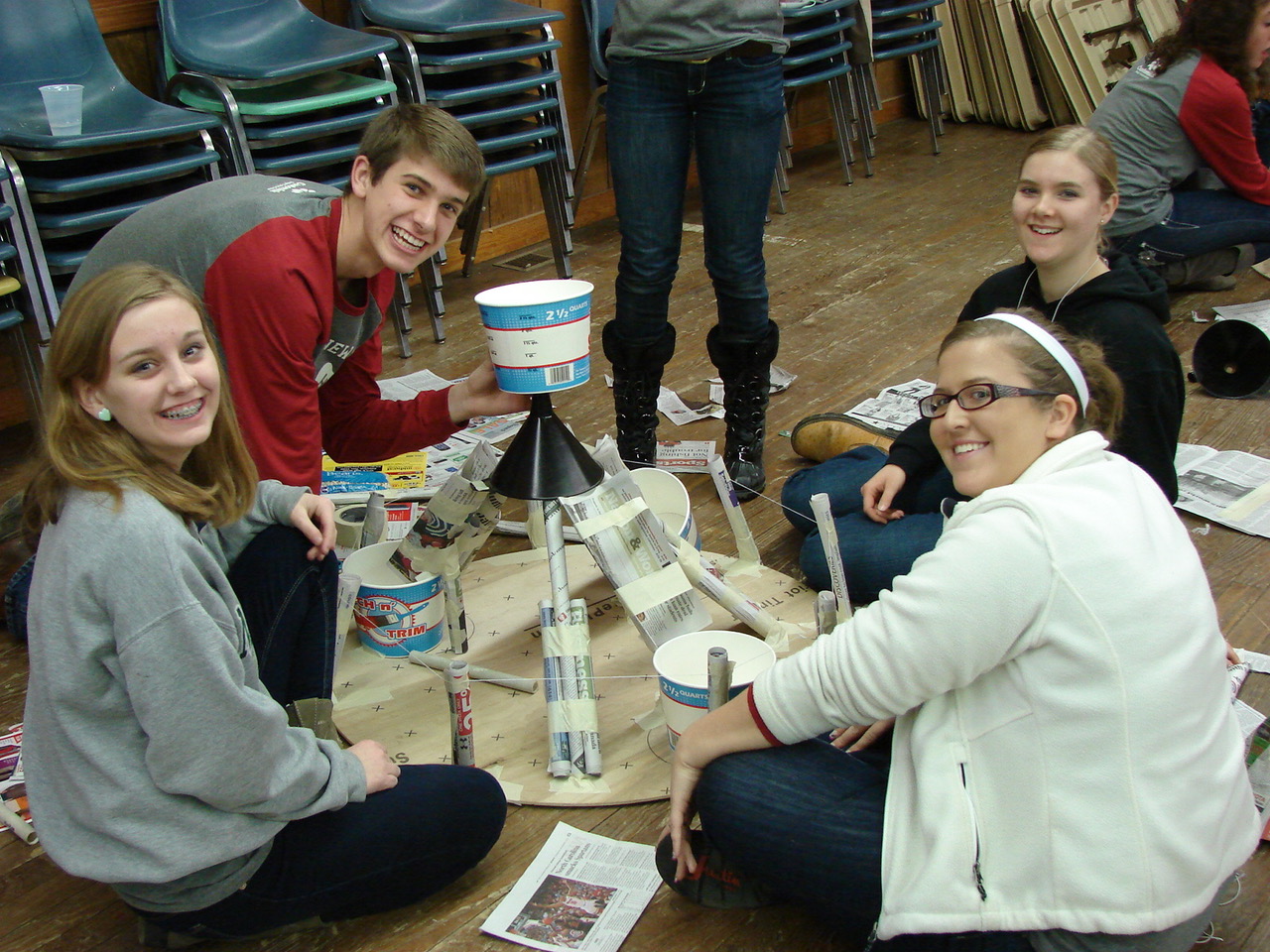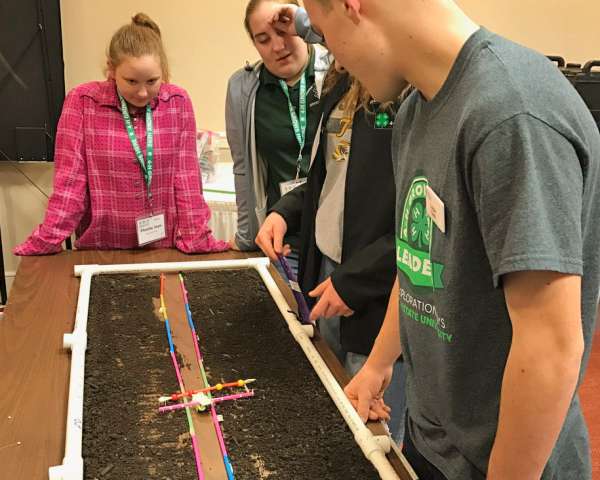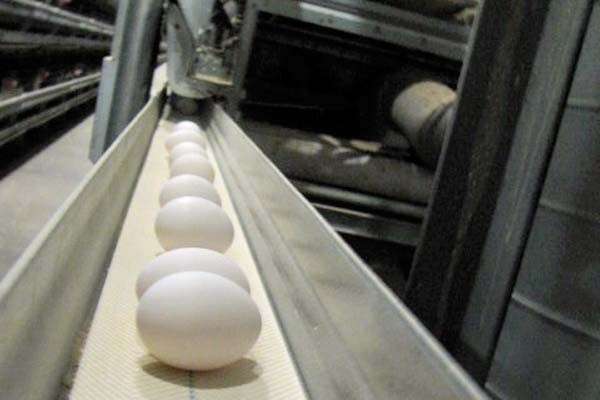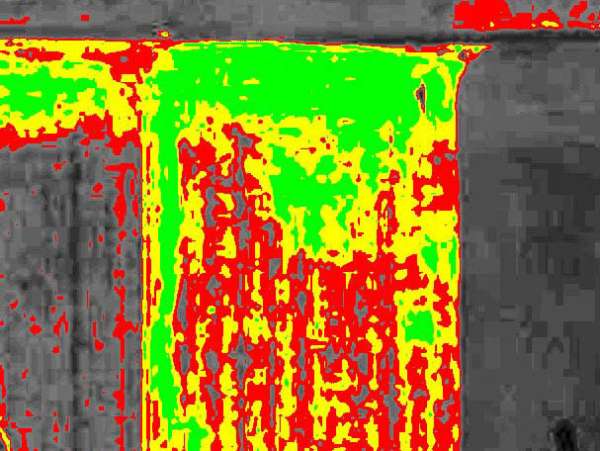4-H aquaculture challenge
What is aquaculture? Why is it becoming a growing industry?
Globally, fish consumption has nearly doubled in the last 40 years. At the same time wild fish capture has leveled off. This is due to decreasing wild stocks and high scrutiny of fishing practices. As a result, aquaculture has become one of the primary solutions to the worldwide demand for seafood. Students will “engineer” a fish feeder to make an aquaculture operation more efficient. See teacher background →
# 4-H Aquaculture Challenge
Students follow an engineering design process to create an efficient fish feeder. (The mat should be copied on a large-format printer to be 40” × 40”.)
Files
Teacher background
Aquaculture uses high amounts of fish meal and fish oil to feed the fish. Soybean protein has been found to be an more cost-effective solution for feeding fish while still achieving a similar rate of growth. Various fish are being used to meet the increasing demand for fish including: yellow perch, freshwater shrimp, tilapia and more.
For additional information about aquaculture and careers in this growing field, take the Aquaculture and Soy Protein e-learning course and watch the Global Aquaculture career video.
Next gen science standards
Science and engineering practices
- Asking questions (for science) and defining problems (for engineering)
- Constructing explanations (for science) and designing solutions (for engineering)
Disciplinary core ideas/content
- LS1A Structure and Function
- LS1B Growth and development of organisms
- ETS1 Engineering Design
- ETS1A Defining and Delimiting an Engineering problem
- ETS1B Developing possible solutions
- ETS1C Optimizing the design solution
- ETS2 Links among Engineering, technology, science and society
- ETS2A Interdependence of science, engineering and technology
- ETS2B Influence of engineering, technology and science on society and the natural world





Share this